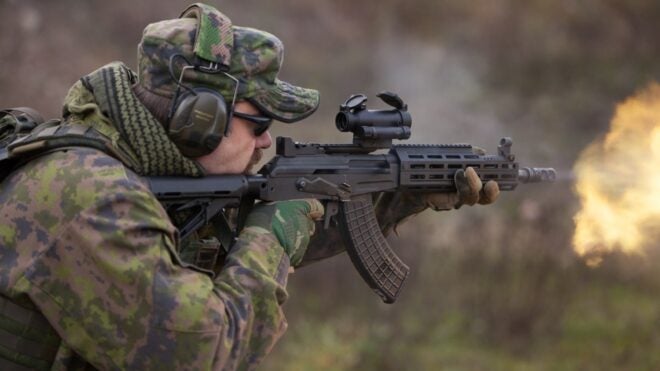The small European country of Finland always had a great reputation when it comes to arms production. For collectors, Finnish-made Mosin-Nagants are some of the most desirable Mosin rifles, but there is another rifle design that the Finnish took to a whole other level. It is called RK 62, the Finnish AK.
AK History @ TFB:
- Egyptian AKs (Misr, Maadi). Part 2: Quality, Problems and Modernization Projects
- East Germany AKs – The Best In The World? Part 3: Less Known Variants
- Hungarian AKs (Part 4): From Wonderfully Weird to Plain and Reliable
Developed 62 years ago, it remains the main service weapon of the Finnish military. Despite recent acceptance into NATO, there are no official plans to replace those workhorses any time soon.
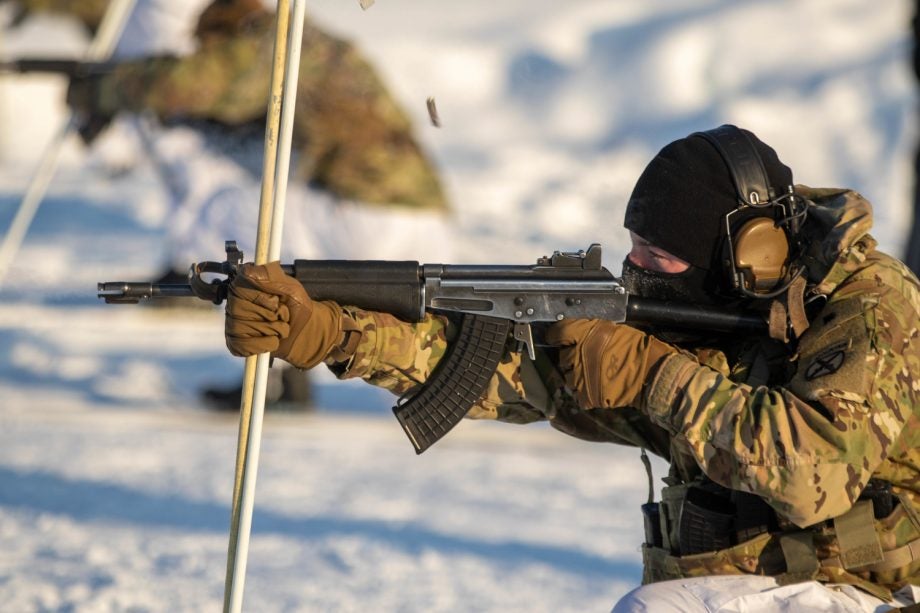
American soldiers shooting old RK 62 during a joint exercise on Feb. 22, 2023. Source: U.S. Army, photo by Pfc. Kaylan Joseph, 1st Brigade Combat Team, 10th Mountain Division.
The creation of Finnish AK
After WW2, Finland had to replace its fleet of Mosin rifles with something more modern. However, Finns wouldn’t be Finns, if they didn’t come up with a meticulous testing program.
First, they had to decide which round they would use. There were three options: NATO 7.62×51, Soviet 7.62×39, and developing their own ammunition.
In this case, the Finnish Defense Forces managed to make better decisions compared to bigger and richer countries and decided that creating their own round would not make sense. NATO 7.62×51 was considered to be too large and heavy, and it left Finland with 7.62×39.
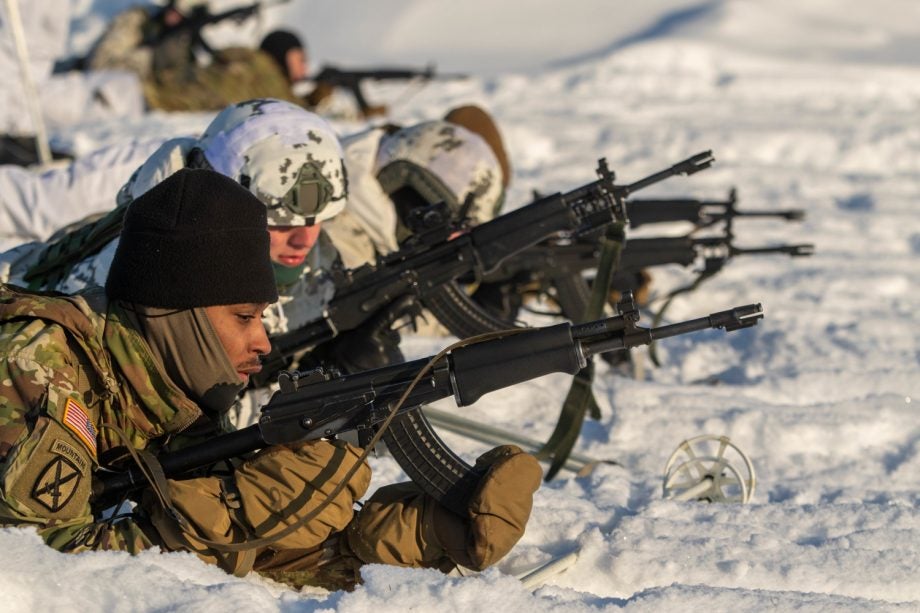
To this day, 7.62×39 remains the main round used by the Finnish Defense Forces
Naturally, the designer had to obtain an AK and test it to develop a new weapon of this caliber. It wasn’t an easy task – in 1956, the first AKs were revealed to the public, and the technology data package was transferred to a few socialist states (if you want to know more, check out my article about Hungarian AKs).
In 1956, the Finnish military was looking for a way to buy AKs without much optimism. However, they quickly found a shady Polish dealer who was willing to sell one sample. Erkki Maristo, inspector of the Finnish Defense Forces Weapons Department traveled to Poland to obtain that sample.
The rifle was disassembled into parts and shipped by sea through the Polish port of Gdansk to the Finnish port of Kotka. Later on, the Finnish military ordered a batch of Polish-made AKs for additional testing and evaluation through official channels.
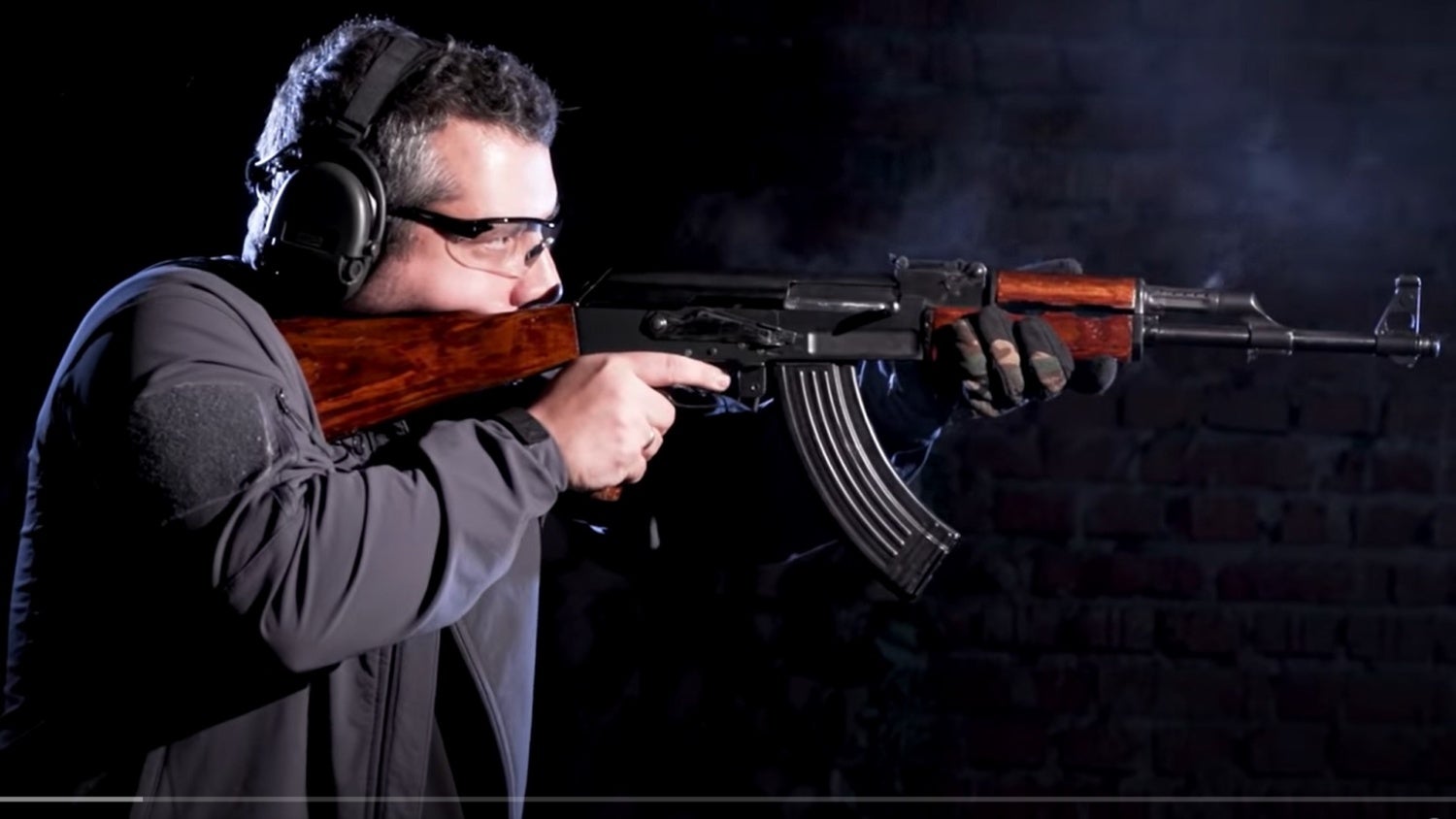
Author with a pre-production Type 3 AK. The manufacturing technology of this variant was transferred to Poland
The guns were ordered on March 15, 1957, and arrived in the summer of the same year. Polish AKs received an official designation – m/57. In July of 1957, Finnish engineers began testing.
After the evaluation process concluded, the Finnish engineer Lauri Oksanen, who would later become the main designer of RK 62 concluded that AK was the best automatic weapon out of all the samples he studied. However, he decided he could improve the design and began working on the first Finnish AK.
Valmet factory started design work and agreed that the intellectual property would belong to the Finnish defense forces. In November 1957 the defense ministry approved the purchase of ammo for testing and presented a list of requirements for the new weapon.
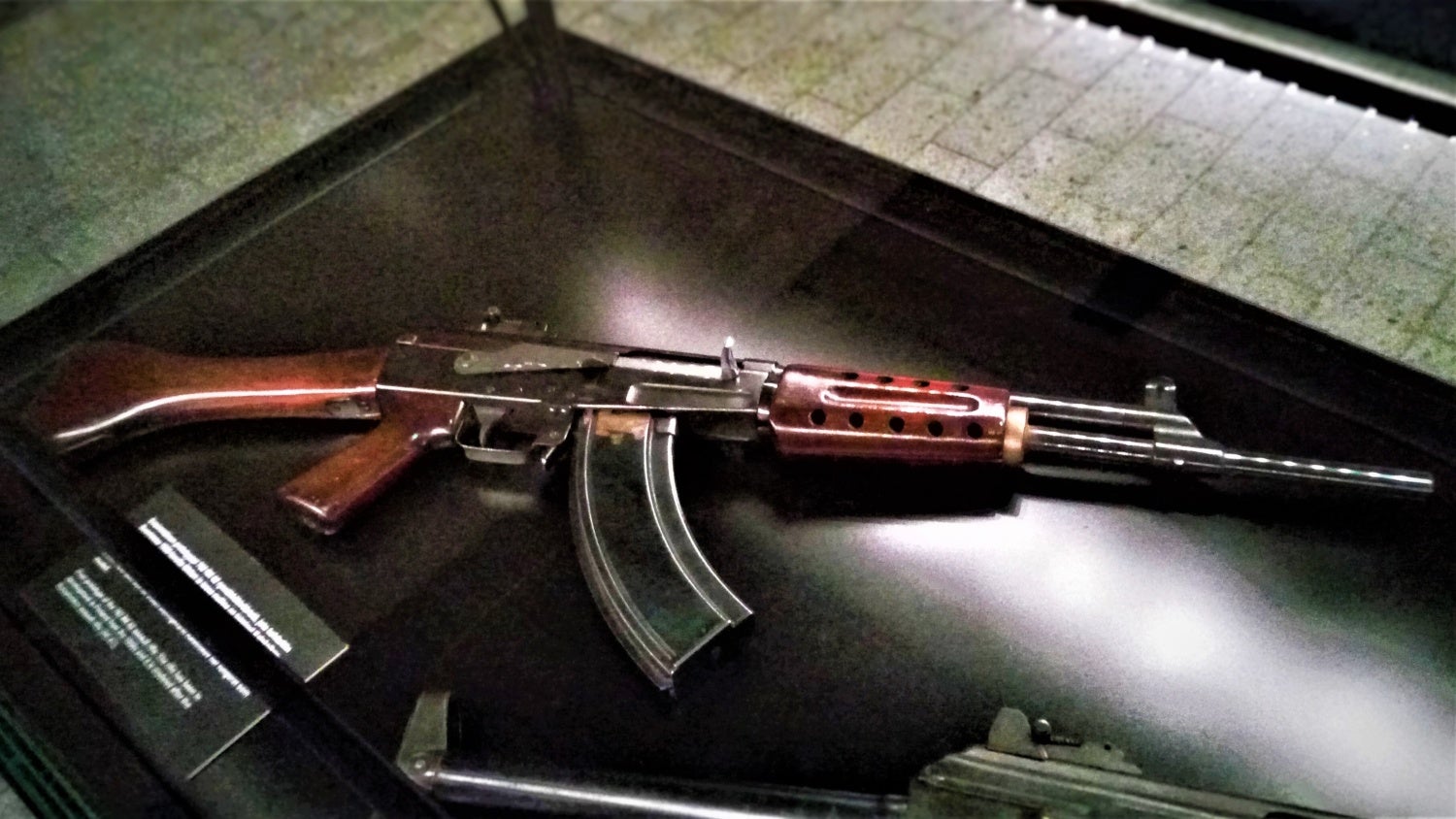
m/58 in the Finnish military museum
In the summer of 1958, the first prototype was ready and received an official designation of m/58. It used wood for the stock and the handguard, unlike later Finnish AKs.
One example of m/58 is showcased in the collection of the Finnish military museum in the island fortress called Suomenlinna near the capital of the country, Helsinki.
The trials for the new Finnish rifle
Apart from the Finnish design, several unique guns participated in the trials. The first was AR-10. Armalite actually developed a special version of the rifle chambered in 7.62×39, but it was late for trials. Another interesting contender was SIG 510-3, a rolled-delayed Swiss rifle, also chambered for 7.62×39.
SIG 510-3 rifle. Source
But since both weapons arrived late, Lauri Oksanen had more time to perfect his prototype before the trials began. Even at this stage, he tried to minimize the use of wood, trying to make the rifle cheaper in future mass production.
Trials started on June 23, 1958, and lasted until July 5, when three weapons participated: M58, Polish AK, and Swiss SIG 510-3. Tests included water, mud, and freezing the rifle. Captain Mauri Makela was in charge of the trials.
M58 had the best overall results but experienced some problems with a trigger mechanism, which malfunctioned and occasionally fired two-shot bursts in semi-auto mode.
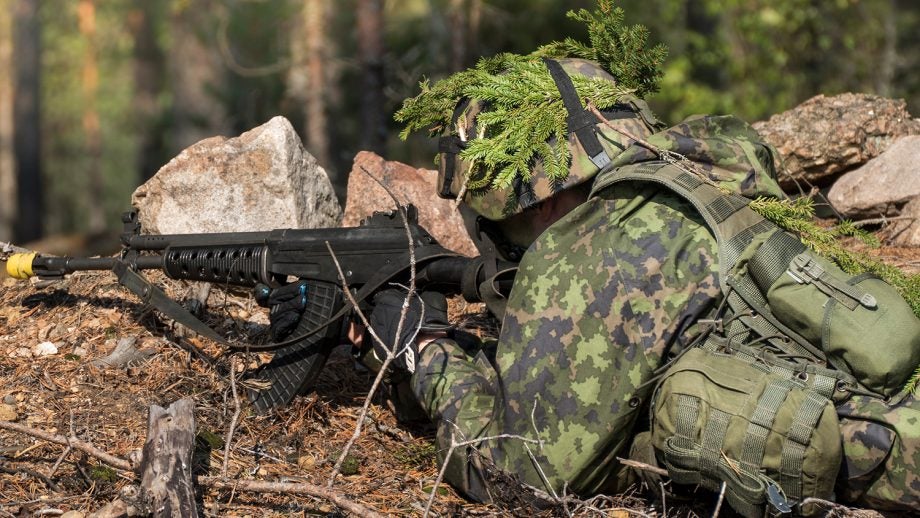
To this day, Finnish Defense Forces are using some of the early production RK 62s
But most importantly, these tests convinced defense forces that the new weapon of the Finnish army could indeed be manufactured domestically and there was no need to buy a weapon from abroad.
In Part 2 of this article, I will talk about the beginning of mass production of RK 62 and how its design withstood the test of time.
The author would like to thank the Finnish company Valman Ltd for contributing to the research and photos used in this article. VALMAN is a company that designs and manufactures upgrades for the AK platform, including items designed specifically for RK 62.
 Your Privacy Choices
Your Privacy Choices
